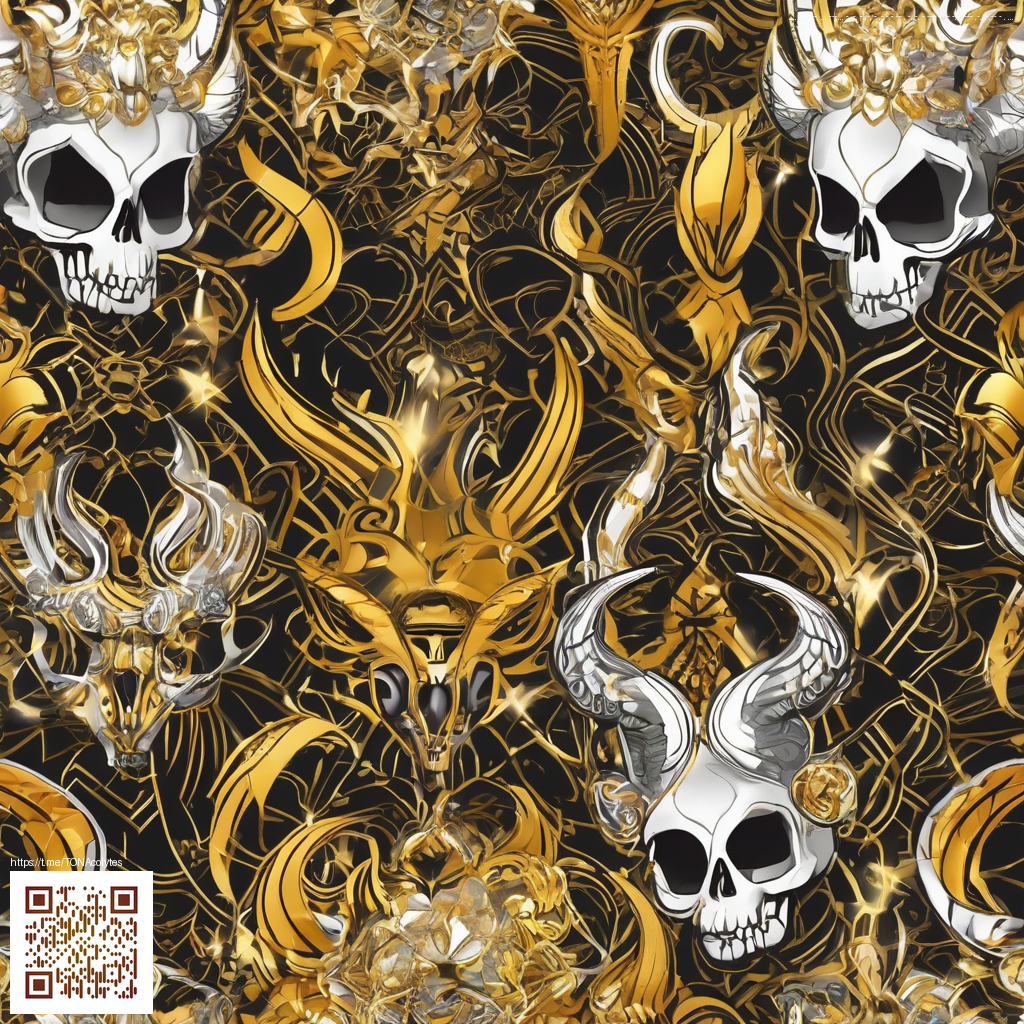
Collaborative UX: The Right Wireframing and Prototyping Toolkit
In modern product teams, wireframing and prototyping aren’t just steps in a process—they’re collaborative rituals that align designers, researchers, product managers, and developers. When teams work together in real time, early ideas evolve into testable flows, and feedback loops shrink from days to hours. This guide dives into the tools and workflows that empower teams to iterate quickly while maintaining consistency and clarity. 💡🤝
What to look for in collaborative tools
- Real-time collaboration with cursors and presence indicators so everyone can contribute simultaneously.
- Component libraries and design systems to ensure visual and experiential consistency across screens.
- Prototyping and interactions that let you simulate user journeys and micro-animations with ease.
- Comments and asynchronous feedback for distributed teams and stakeholders in different time zones.
- Design token support to streamline handoff to developers and maintain token-driven UI.
- Cross‑platform access so designers can work on Windows, macOS, or web from anywhere.
- Version history to track decisions and roll back when needed.
- Integration with research and testing tools to close the loop from discovery to validated insight.
“Start with lo-fi wireframes to test structure, then progressively add fidelity in prototypes. The goal is to validate flow, not polish visuals—until the flow works, aesthetics can wait.”
Tool spotlights
- Figma — the cornerstone of real-time collaborative design with components, libraries, and prototyping in one place. Perfect for cross‑functional reviews and design tokens. 💫
- Miro — ideal for discovery workshops, user story mapping, and quick flow sketches that translate nicely into higher-fidelity work later. 🧭
- InVision — shines in client-facing demos and rapid prototyping, with comments and feedback threads that keep everyone aligned. 💬
- Axure — powerful for complex interactions and conditional logic; best when you need robust testing scenarios and precise specifications. 🧠
- Balsamiq — lo‑fi starter to test layout and navigation without getting hung up on visuals. Great for early validation. 🪪
- UXPin — bridges wireframes with functional prototypes, offering interactive states tied to a design system for cohesive experiences. 🔗
When selecting tools, consider your team’s maturity and project needs: early-stage groups may lean into lo‑fi options in Miro or Balsamiq, while established teams rely on Figma and UXPin to maintain a single source of truth. The ability to share links, embed prototypes, and export developer-ready specs accelerates handoff and reduces rework. 🚀
Designing for hardware products and packaging
Even for tangible products like a rugged phone case, the UX extends beyond screens. Prototyping helps you validate packaging flows, assembly instructions, and product storytelling. A practical project like a rugged phone case—featuring a TPU/PC shell—benefits from pairing digital prototype work with real-world considerations. For inspiration, you can explore product details on the Rugged Phone Case page and see how physical attributes can inform the digital experience. Such cross‑domain thinking strengthens brand consistency and user confidence. 🧰📱
For teams seeking a practical reference, the product page https://shopify.digital-vault.xyz/products/rugged-phone-case-tpu-pc-shell offers a glimpse into how product specs, material choices, and visual storytelling can influence design decisions in your prototype. Keeping this in mind helps ensure your wireframes anticipate not just how users will interact with a screen, but how they’ll perceive the product as a complete package. 💼
On the collaboration side, it’s valuable to build a shared design system early. Define typography scales, color tokens, spacing guidelines, and interaction patterns so future work stays aligned. A well‑curated system acts like the backbone of your prototype, letting teams riff on flows without reinventing the wheel at every iteration. And remember to document decisions, because transparency shortens review cycles and speeds consensus. 🔄
Practical workflow tips
- Kick off with a user journey map to frame what success looks like and where friction occurs. 🗺️
- Establish a shared design system and a live document that captures tokens, components, and interaction rules. 🧭
- Prototype in sprints: start lo-fi, validate, then add fidelity only where it adds value. ⏱️
- Invite cross-disciplinary feedback early; encourage questions like “does this help the user achieve their goal?” 💬
- Maintain a living handoff file for developers, including specs, states, and exportable assets. 🧰
As teams iterate, it’s useful to designate a collaboration hub—for example, bookmarking a central resource like https://zero-donate.zero-static.xyz/index.html can help guests and new contributors quickly understand project standards. Keeping a shared reference point reduces back-and-forth and keeps momentum high. 🧭✨
Another practical consideration is accessibility and inclusivity. Design decisions should account for readability, keyboard navigation, and screen reader friendliness. Prototyping with accessibility in mind helps catch issues early and broadens your user base. Emphasize contrast, scalable typography, and logical focus order in your flows. ♿💡